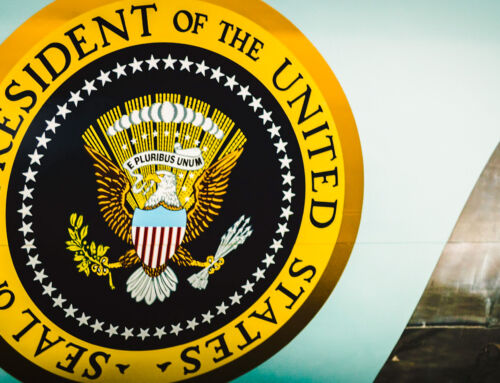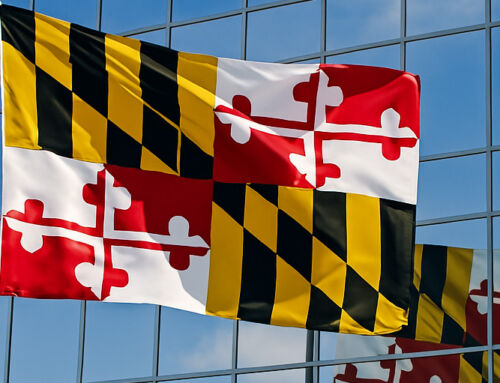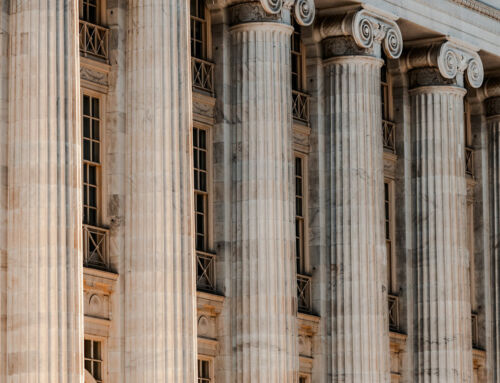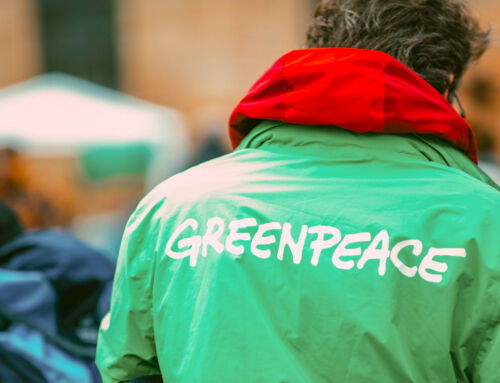View by Topic
Recent Articles
-
Migratory Bird Treaty Act Does Not Prohibit Incidental Take – AgainSaturday, April 19th, 2025
-
President Trump’s Bold Step to Rein in State Overreach in Climate ChangeSaturday, April 12th, 2025
-
Mandatory GHG Disclosures in Maryland Real Estate ContractsSaturday, April 5th, 2025
-
NYC Building Electrification Ruling is Interesting But Not a Game ChangerSaturday, March 29th, 2025
-
Greenpeace Ordered to Pay $667M in Blow to ActivismSaturday, March 22nd, 2025
View by Month/Year
“Green Building Law Update” Headlines
Recent Articles & News from
Stuart Kaplow’s blog
at GreenBuildingLawUpdate.com
- Migratory Bird Treaty Act Does Not Prohibit Incidental Take – Again April 20, 2025
- President Trump’s Bold Step to Rein in State Overreach in Climate Change April 13, 2025
- Mandatory GHG Disclosures in Maryland Real Estate Contracts April 6, 2025
- NYC Building Electrification Ruling is Interesting But Not a Game Changer March 30, 2025
Subscribe to the Green Building Law Update!
Stuart Kaplow brings his expertise and extensive experience to the table with his unique digital publication, "Green Building Law Update". Subscribers receive regular updates to keep them informed about important issues surrounding Environmental Law, Green Building & Real Estate Law, as well as the emerging demand for Environmental Social Governance (ESG).
Get fresh content through the lense of Stuart Kaplow's cutting-edge expertise, innovative commentary and insider perspective. Don't miss another issue! Subscribe below.
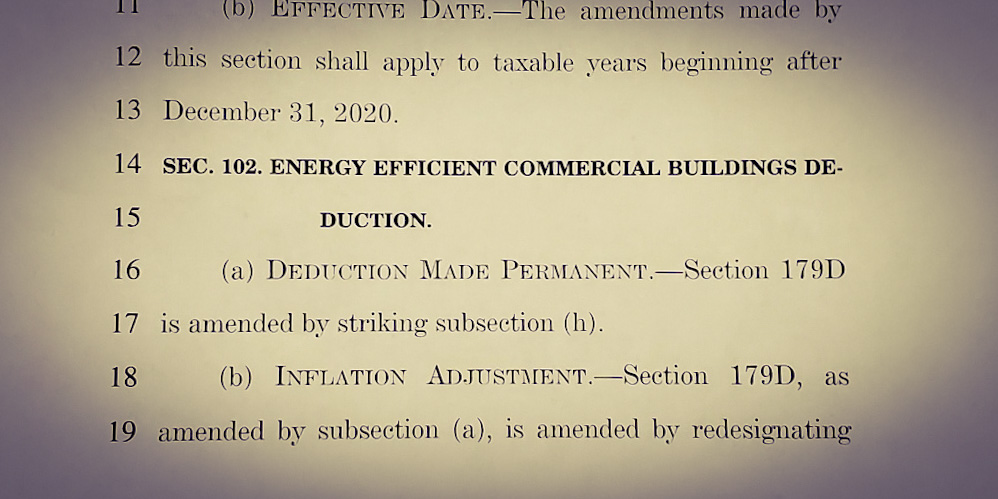
179D Tax Deduction Made Permanent by Covid Relief Bill
On page 4,872 of the Consolidated Appropriations Act, 2021, H.R. 133, which passed both houses of Congress on December 21st and was signed into law by President Trump on December 27th, the 179D energy efficient commercial buildings federal tax deduction, which had been scheduled to expire at year end, was instead made permanent.
At a total cost of $2.3 trillion, the 5,593 page bill is the second largest ever passed by Congress providing tax relief for just about everyone and nearly all businesses. The mass media has focused the $600 per person check as well as the PPP and business publications have written about allowing 100% deductibility of business meal expenses and extension of the $300 charitable contribution deduction for nonitemizers, but I suggest among the more impactful in repairing the planet provisions is the extension of the Internal Revenue Code Section 179D commercial property energy efficiency tax deduction.
The 179D commercial buildings energy efficiency tax deduction has since 2006 enabled building owners to claim a $1.80 per square foot tax deduction (i.e., this tax incentive has been popular because it is based on the area of the building not the dollar amount expended) for installing qualifying systems and buildings. Tenants may be eligible if they make the construction expenditures. If the system or building is installed on federal, state, or local government property, the 179D tax deduction may be assigned to the businesses primarily responsible for the system’s design or installation.
Included as Division Z of this huge Consolidated Appropriations Act, 2021 is the “Energy Act of 2020,” the first comprehensive update to U.S. national energy policy since 2007. Simply put the 179D tax deduction reduces the green premium. As public policy it has created the right incentives for companies that make the choice between simply looking green versus actually being green and making a difference.
With more than 24,000 green building incentives across the country, most for above code building, the 179D tax deduction has been among the most valuable.
The tax provisions of the Consolidated Appropriations Act, 2021 include making permanent a number of tax extenders, including the 179D deduction, encouraging green, energy efficient design of private and public building, now indexed annually for inflation, but coupled with a higher energy efficiency minimum.
The Act provides, in relevant part (.. in government speak),
“(b) INFLATION ADJUSTMENT. Section 179D, as amended by subsection (a), is amended by redesignating subsection (g) as subsection (h) and by inserting after subsection (f) the following new subsection:
(g) INFLATION ADJUSTMENT. In the case of a taxable year beginning after 2020, each dollar amount in subsection (b) or subsection (d)(1)(A) shall be increased by an amount equal to (1) such dollar amount, multiplied by (2) the cost-of-living adjustment determined under section 1(f)(3) for the calendar year in which the taxable year begins, determined by substituting ‘calendar year 2019’ for ‘calendar year 2016’ in subparagraph (A)(ii) thereof.”
While that the deduction will be indexed for inflation is not a bad thing, the certainty that this deduction will exist (.. something that had not existed un the past when the deduction was authorized only for two years at a time) when a project is put into service is truly a valuable thing.
And the energy efficiency standards are updated,
“(c) UPDATE OF STANDARDS.
(1) ASHRAE STANDARDS. Section 179D(c) is amended (A) in paragraphs (1)(B)(ii) and (1)(D), by striking ‘Standard 90.1–2007’ and inserting ‘Reference Standard 90.1’, and (B) by amending paragraph (2) to read as follows:
‘(2) REFERENCE STANDARD 90.1. The term ‘Reference Standard 90.1’ means, with respect to any property, the most recent Standard 90.1 published by the American Society of Heating, Refrigerating, and Air Conditioning Engineers and the Illuminating Engineering Society of North America which has been affirmed by the Secretary, after consultation with the Secretary of Energy, for purposes of this section not later than the date that is 2 years before the date that construction of such property begins.”
That is, the tax deduction has been available for improvements that reduce a building’s total energy and power cost by 50% or more in comparison to a building meeting minimum requirements set by ASHRAE Standard 90.1-2007 for buildings and systems placed in service after January 1, 2017; before that date ASHRAE 90.1-2001 was used; and, presumably now ASHRAE 90.1-2019 (with its higher standard) will be required.
Also new, in California, the 179D deduction allows for use of the most recent California Nonresidential Alternative Calculation Method approved by the Department of Energy two years before the date that construction of the property or energy efficiency improvements begin.
In a closely related matter, in the coming days I will post about that the Section 45L new energy efficient home tax credit of up to $2,000 per unit was extended by the Consolidated Appropriations Act, 2021 through end of 2021.
The updated 179D tax deduction made permanent by the Covid Relief Bill will be key in reviving the moribund U.S. green building industry, including jumpstarting privately owned new green construction, but the higher standard to qualify will be out of reach for most existing buildings. And the certainty that 179D tax deduction will exist when a new construction project is put into service will make this green incentive among the most valuable for new green building.






